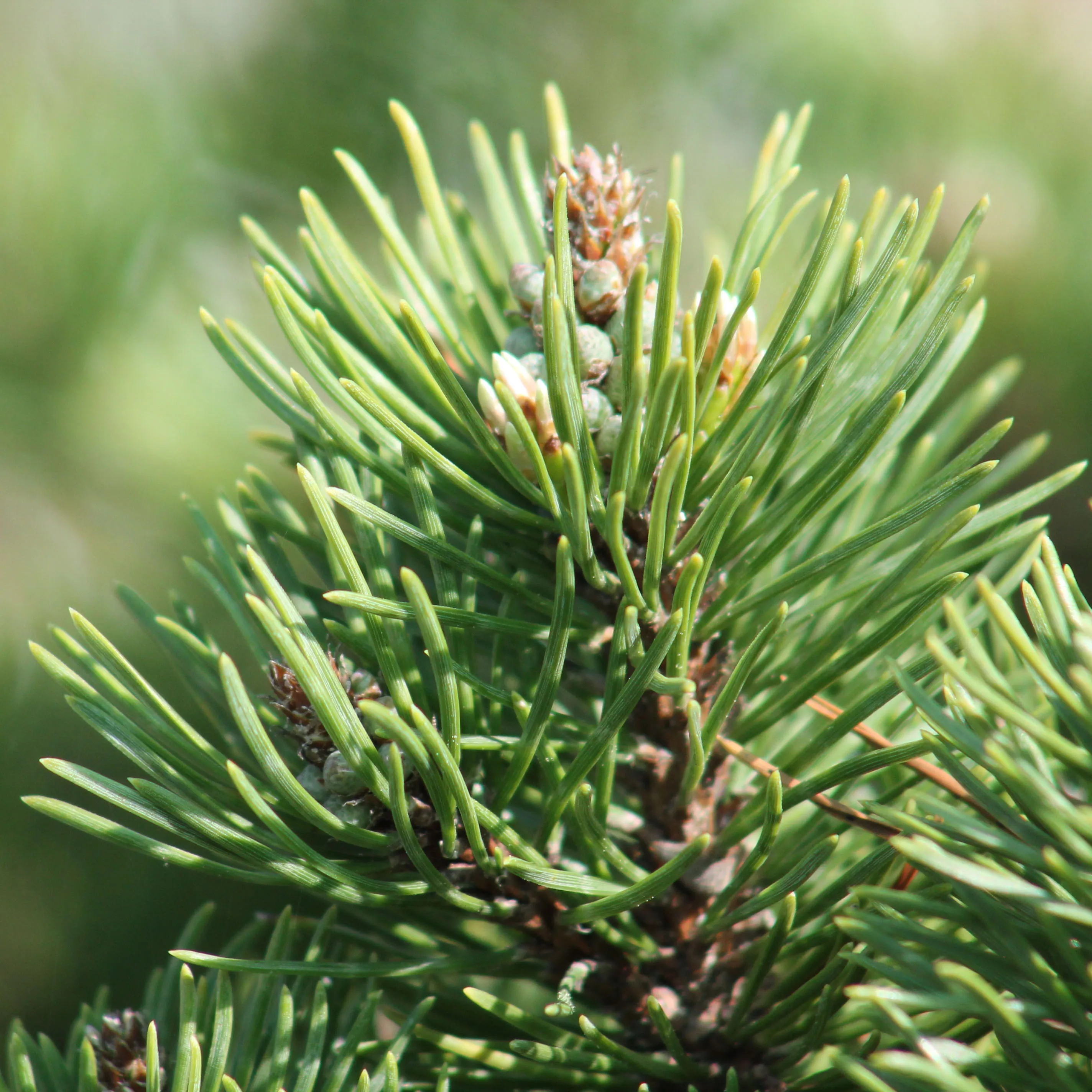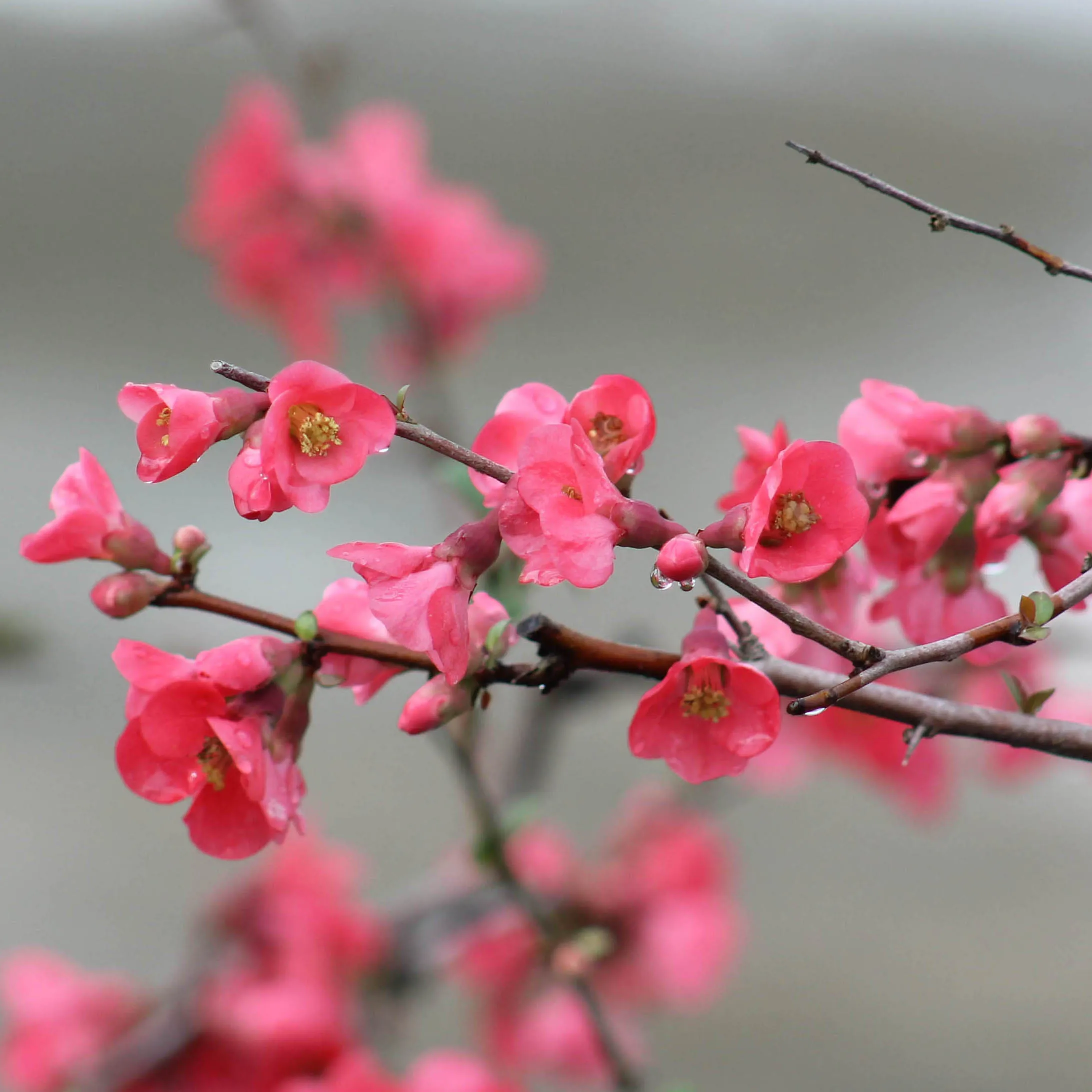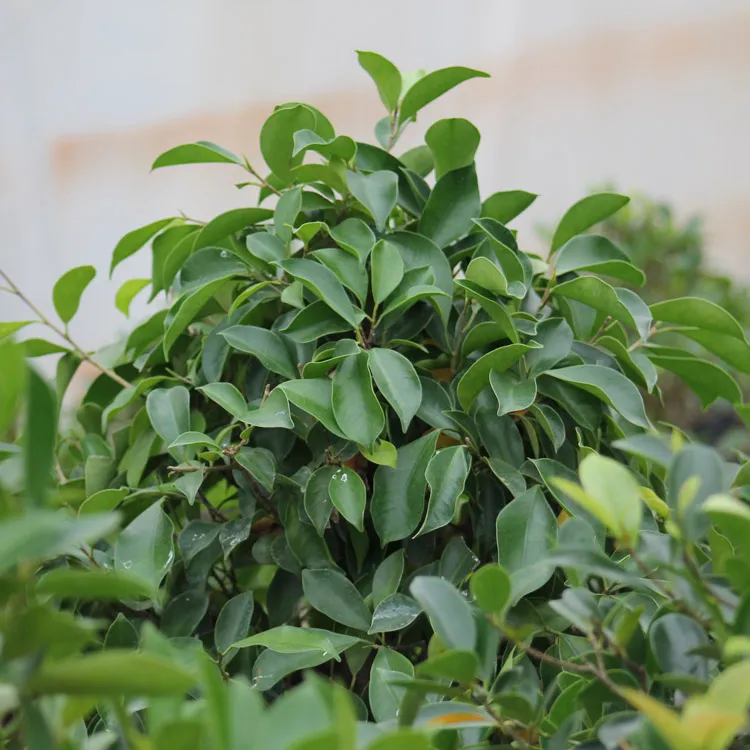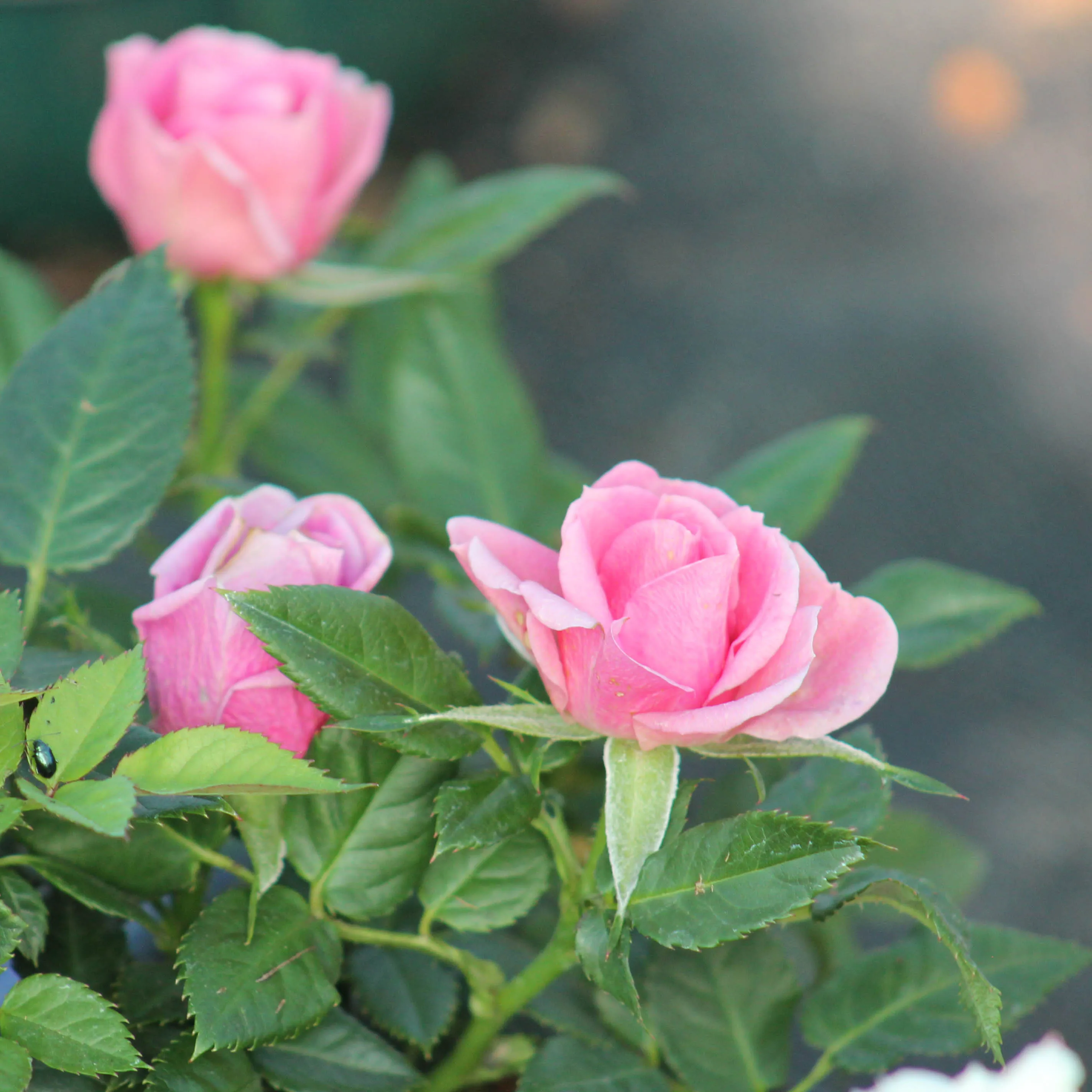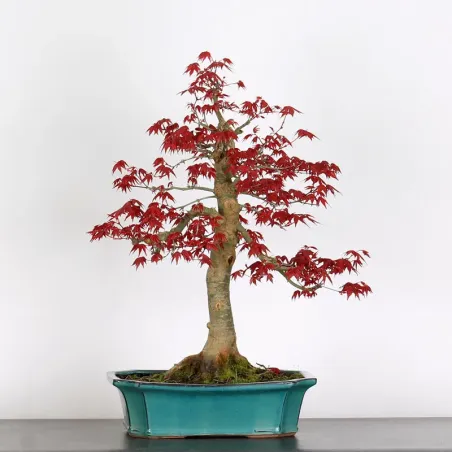Outdoors all year round, the Shishigashira maple is a species of undergrowth. It grows in the shelter of large trees that provide shade and protect it from the wind. Choose a location in full sun in spring and fall to promote growth and develop beautiful spring and fall colours. In winter, we advise you to protect it from heavy frosts (below -3°C) use a winter veil or glass wool and wrap the pot with it. So, with this protection, you can leave it outside without any problems.
 English
en
English
en
Bonsai
Acer shishigashira bonsai 1-11
- New
The Shishigashira Bonsai Maple offers you its crisp, wavy foliage in changing colours. Its name “Shishigashira” means “Lion's Mane”, a reference to its highly original foliage. In spring, the foliage is a soft green before taking on a deeper hue in summer. In autumn, you can enjoy more vibrant colours ranging from yellow to red and various shades of orange. Shishigashira' is a dwarf, slow-growing variety. As it naturally has small internodes and leaves, it is very suitable for small bonsai trees, but not only.
- Photos taken in April 2025
- Plastic pot
Palmatum Shishigashira maple in bonsai
The Shishigashira Maple, Acer Shishigashira develops small leaves with short petioles that grow very tightly along the branches. Its very compact habit is ideal for bonsai cultivation. In spring, the foliage is a tender green before taking on a deeper hue during the summer. In the fall, you can enjoy more shimmering colors ranging from yellow to red to various shades of orange. 'Shishigashira' is a dwarf variety with a slow growth. As it naturally makes small internodes and small leaves, it is very suitable for small bonsai but not only.
+ Family: Aceraceae
+ Origin: Japan, Korea, China

 Production of French Bonsai
Production of French Bonsai













